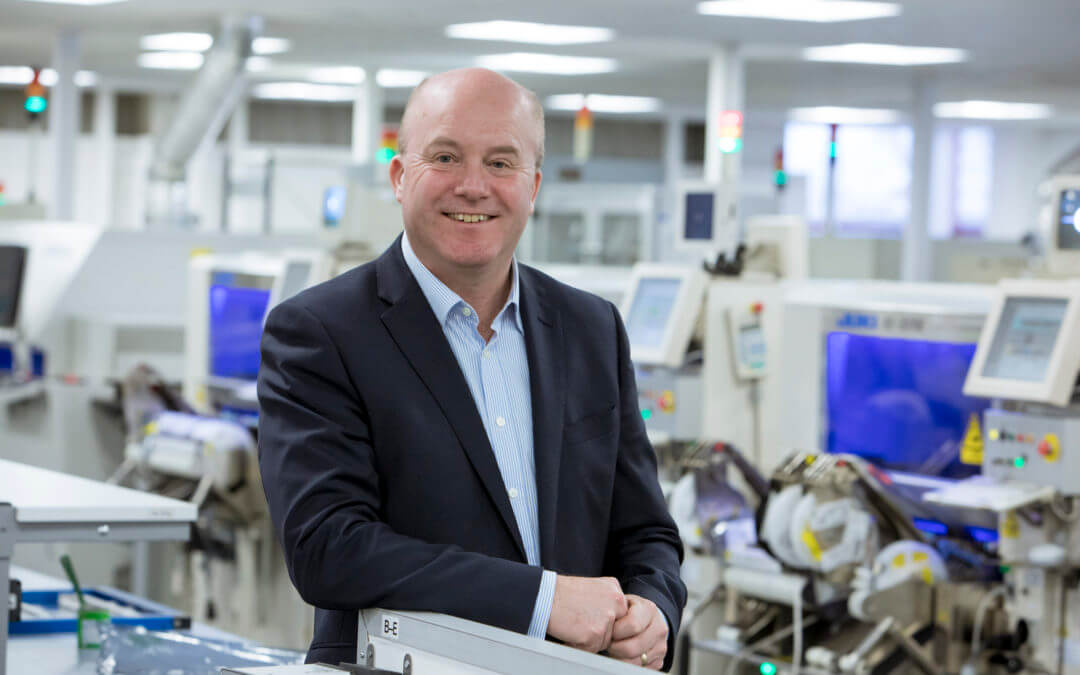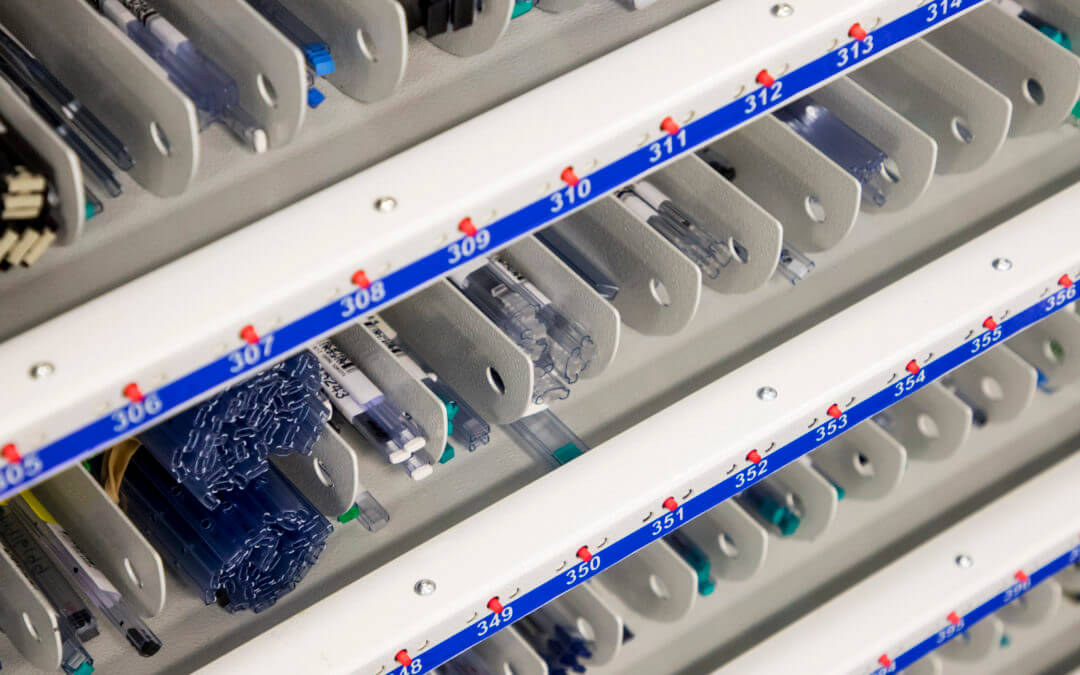Manufacturing electronic products for harsh and hazardous environments
John Johnson, NPI Director, Chemigraphic
A number of our customers develop and operate products in highly hazardous environments, from sub-sea conditions to explosive atmospheres and areas contaminated by harmful chemicals and substances. These products have to be robust, protected from outdoor or harmful elements and technically sound in order to deliver excellent functionality and performance in these conditions.
Inevitably, this requirement adds a layer of complexity to the manufacturing process and in particular, EMS activity. At Chemigraphic, we work extensively with companies developing and operating products in hostile conditions and always adhere to the following practices when dealing with these environments.
1. Check parts are correct to specification
Products which are designed for use in high risk areas, such as those which are contaminated with toxic substances or carbon dust, have to be manufactured in a way that ensures they can withstand contact with these particles.
The first consideration with these products is to ensure that all “critical parts” are correct to specification, via thorough inwards inspection criteria and ongoing quality checks and testing. For example, faulty or poorly specified circuitry could in theory lead to an over-current fault condition, which could then overheat and cause a fire and then an explosion. This means it is critical to vet and validate each supplier robustly, meaning sources are reputable and batch traceability is ensured.
We then employ systems with sufficient material control governance to ensure that only the correct parts are fitted into the right locations. This can be challenging when the vast majority of small footprint SMT components do not have markings and are visually identical. In addition, the volumes in consideration are vast: a kit of parts for a sophisticated PCB might run to 500-600 distinct lines. Part of the solution is to optimise the use of barcoding and intelligent materials trace, such as RFID enabling and JUKI-automated kitting, a process exclusive to Chemigraphic in the UK. As with a large proportion of our operations at Chemigraphic, we use smart, data-driven automated processes which can be controlled and measured without the risk of human error or inconsistencies.
2. Protect products using specialised techniques
There are a number of circumstances which require electronic products to function and perform in extremely challenging conditions, for example sub-sea environments. Products used in these areas include those in oil and gas research facilities, marine industry operations and sub-sea rovers or maintenance machinery.
Manufacturing products for underwater environments comes with a variety of serious challenges, such as erosion caused by salt and force of the water. Salt in particular is extremely corrosive and can literally eat through metal components and casings. In these cases, we apply specialist conformal coatings and sacrificial layers to product structures and internal circuitry, protecting them from salt and other corrosive substances.
We apply these coatings with robotic, automated processes to increase cost-effectiveness and consistency. Encapsulation of circuitry provides an extra level of protection for the components, effectively closing them off from external elements.

3. Apply additional engineering processes
In circumstances involving explosive atmospheres and flight conditions, such as those in defence and transport industries, extra measures need to be taken to ensure products are robust enough to survive take off. This particularly applies to devices with motion potential such as gyroscopes, valves and actuators. In these conditions, ensuring products reach Intrinsically Safe (IS) standards is vital, and something we are highly skilled and experienced in at Chemigraphic.
In these conditions, it’s vital to ensure optimal assembly integrity starting from bare PCB rigidity, where thickness and copper weight need to be balanced against payload constraints. Due to the extreme temperatures and hostile environments involved, solder integrity also becomes critical and the base process needs to be robust and repeatable.
4. Data analysis and smart manufacturing
With any manufacturing process, it’s essential to keep comprehensive records of activity and processes. However, this element is particularly critical when it comes to developing products for harsh and hazardous environments. As so many complex conditions and procedures are involved, it’s essential that every step is prepared, researched and accounted for, with documentation and certification available and presented to customers at every opportunity.
This includes ensuring products reach IS criteria, meet specialist handling requirements and any essential transport requirements, for example with lithium batteries. This allows for continuous control and traceable processes which create evidence of compliance to industry standards and regulatory requirements. Our sophisticated data network at Chemigraphic allows us to monitor and track activity and processes and use this data to implement smart and improved efficiencies throughout our operations.




